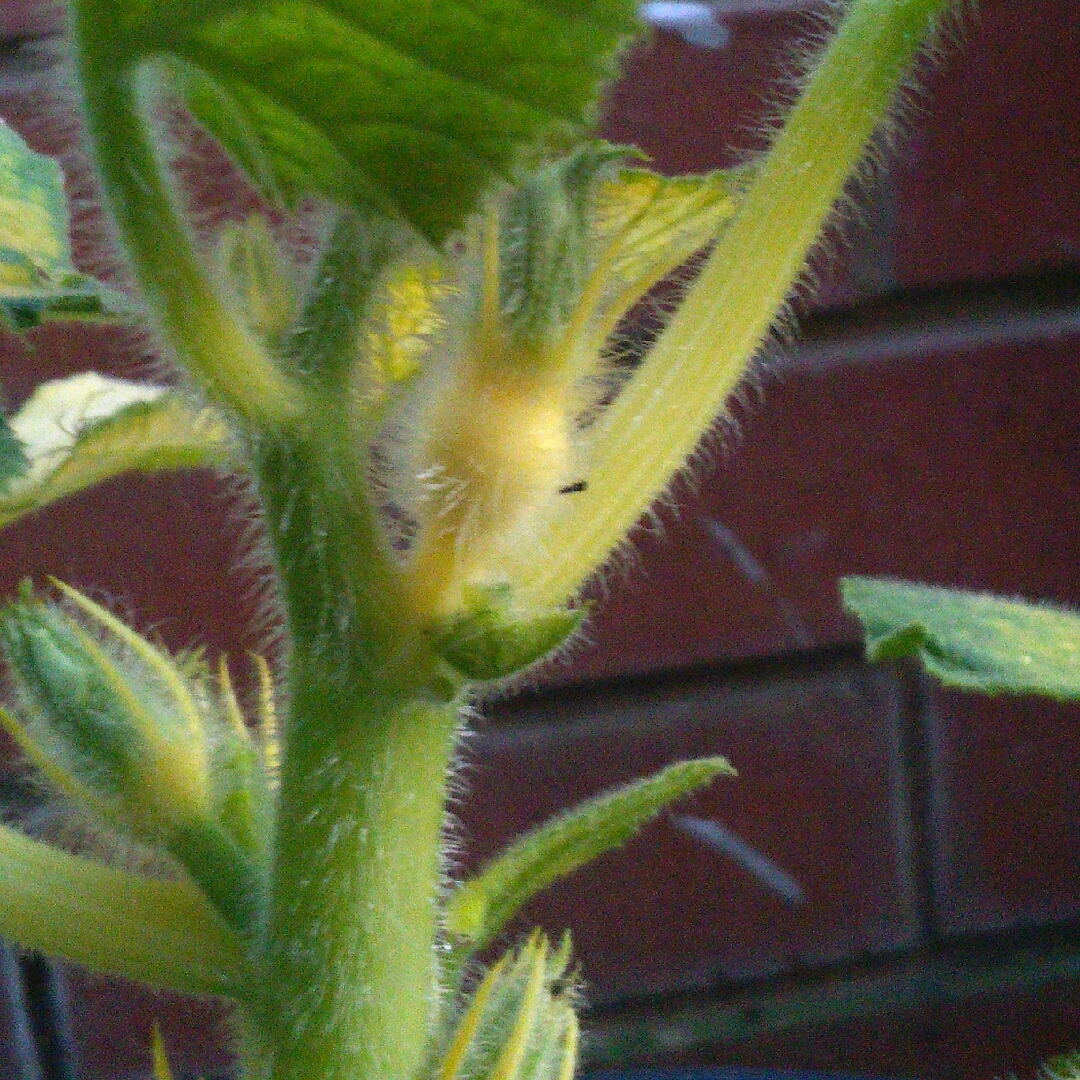
Cucurbita maxima 'Wee Be Little'
Pumpkin 'Wee Be Little'
Squashes are used as vegetables, but are, strictly speaking, fruit. They come in many forms - and there are Summer varieties as well as Winter varieties. Most squashes grow on vines, but a few in a shrubby form. They are all relatively easy to grow. 'Wee Be Little' is, as the name implies, a small-fruiting pumpkin, on compact plants, the fruit being about the size of a baseball. They are versatile - can be cooked and eaten, or carved, just like their larger cousins
-
Full sun
-
Frequent watering
-
Not Frost hardy
-
Moist and fertile
Common name
Pumpkin 'Wee Be Little'
Latin name
Cucurbita maxima 'Wee Be Little'
type
Vegetable
family
Cucurbitaceae
ph
5.5 - 6.8 Acid - Neutral
Plant & bloom calendar
-
Best time to plant
-
When to harvest
full grown dimensions
 0.70 M
0.70 M
0.70 M
0.70 M
Cucurbita maxima 'Wee Be Little'
Squashes are used as vegetables, but are, strictly speaking, fruit. They come in many forms - and there are Summer varieties as well as Winter varieties. Most squashes grow on vines, but a few in a shrubby form. They are all relatively easy to grow. 'Wee Be Little' is, as the name implies, a small-fruiting pumpkin, on compact plants, the fruit being about the size of a baseball. They are versatile - can be cooked and eaten, or carved, just like their larger cousins
Propagating by seed
From Early Spring TO Late Spring
Prepare a bed or hill in a sunny site where the soil is fertile. Make planting pockets 3' apart by digging a hole a spade-depth, width and height, and filling with compost and well-rotted manure, then sow a seed on edge in each pocket. at a depth of about 1" after all danger of frost has passed.. Or sow the seeds singly in pots in the greenhouse, and plant out after they have their first true leaves
Planting
From Mid Spring TO Early Summer
After seeds grown indoors have their first true leaves, and after all danger of frost has passed, plant the seedlings out into a prepared bed or hill that has been well-manured, at a spacing of about 3' for bush types, and 5' for trailing types.








